The signals are confusing. One day, North Korea is raising hopes for dialogue with South Korea, and the next, it is firing missiles or showing off the latest weaponry in its nuclear arsenal.
In the past week alone, North suggested the possibility of inter-Korean summit talks and said it would reopen communication hotlines with its neighbor. It also fired long-range cruise missiles, trotted out what it called its first hypersonic missile and, on Thursday, tested a new antiaircraft missile. Earlier in September, it launched ballistic missiles from a train rolled out of a mountain tunnel, on the same day that it called the South’s president, Moon Jae-in, “stupid.”
Once again, North Korea is turning to a well-honed, two-pronged strategy, designed to let it flex its military muscles without risking retaliation or nixing the chances for dialogue.
In the absence of talks with Washington, the missile tests reminded the world that North Korea is developing increasingly sophisticated weaponry capable of delivering nuclear warheads. But individually, these short-range or still-under-development missiles don’t amount to a direct threat to the United States.
And North Korea has been careful not to go too far, refraining from testing a nuclear device or an intercontinental ballistic missile, which would jolt Washington into action with fresh sanctions or worse.
“North Korea is careful not to cross the red line,” said Yang Moo-jin, a professor at the University of North Korean Studies in Seoul. “Amid all these missile tests, North Korea is signaling that it is interested in dialogue.”
The North’s favorite geopolitical game has been given various names, like the “hot-and-cold water bath” strategy. And it has served the regime well over the years, raising often-false hopes of peace while it continued to develop and test new weapons.
North Korea is now deploying that strategy at a complex diplomatic moment. Mr. Moon badly wants dialogue to resume on the Korean Peninsula, a last-ditch effort to cement his legacy before he leaves office in May. The Biden administration, though, is not as eager to engage the North.
Kim Jong-un, the North’s leader, now finds himself in a position to exploit that gap between the two allies.
He met with then-President Donald J. Trump three times between 2018 and 2019, becoming the first North Korean leader to hold a summit with a sitting American president. But his diplomatic efforts failed to lift crippling sanctions the United Nations imposed on his impoverished country after its nuclear and I.C.B.M. tests. Soon the pandemic hit, further hamstringing the North’s economy.
American and South Korean officials had hoped that the North’s deepening economic troubles, caused by the double whammy of sanctions and the pandemic, would make North Korea more amenable to dialogue.
So far, Mr. Kim has proved them wrong.
Since his talks with Mr. Trump collapsed in early 2019, he has vowed to slog through the economic difficulties while expanding his nuclear arsenal, his country’s single best diplomatic leverage and deterrent against what it considers American threats to topple its government. By demonstrating his country’s growing military capabilities, Mr. Kim has also sought to legitimize his rule at a time when he has been able to deliver little on the economic front to his long-suffering people.
The antiaircraft missile test on Thursday indicated that the North is building a weapon similar to Russia’s S-400, one of the most potent air-defense systems in the world, according to Kim Dong-yub, an expert on North Korean weapons at the University of North Korean Studies.
The Biden administration has repeatedly urged North Korea to return to talks without preconditions. But Mr. Kim said he would not restart negotiations until he was convinced that Washington was ready to ease sanctions and its “hostile policy,” including the joint annual military exercises it conducts with South Korea.
In his discussions with Mr. Trump, Mr. Kim also made it clear that he was more interested in talks to reduce nuclear arms than in complete denuclearization. He offered a partial dismantlement of his country’s nuclear facilities if Washington lifted sanctions. Mr. Trump rejected the offer.
“The U.S. is touting ‘diplomatic engagement’ and ‘dialogue without preconditions,’” Mr. Kim told North Korea’s rubber-stamp legislature on Wednesday. “But it is no more than a petty trick for deceiving the international community and hiding its hostile acts.”
“North Korea isn’t interested in denuclearization talks to receive benefits for coming into compliance with U.N. resolutions,” said Leif-Eric Easley, a professor of international studies at Ewha Womans University in Seoul. “It seeks to rewrite the rules and be compensated for restraint as a nuclear power.”
All of this leaves the Biden administration in a difficult bargaining position. Washington is reluctant to engage the North if the country only wants to use dialogue to ease sanctions without giving up its nuclear weapons. But not engaging also means wasting opportunities to put the brakes on the North’s development of its arsenal. It also runs the risk of sparking an arms race in the region.
Mr. Kim can’t really attempt shocking provocations like the ones he conducted in 2017 — three I.C.B.M. tests and a nuclear test — that brought the Trump administration to the table. Such tests would sharply raise tensions, invite more U.N. sanctions and potentially invoke the ire of China by ruining the mood for the Beijing Winter Olympics in February.
So the question for Mr. Kim, analysts said, is how to force Washington to return to dialogue on his terms without angering North Korea’s traditional allies, China and Russia, whose help it needs to survive U.N. sanctions and rebuild its economy.
In the end, Mr. Moon’s government may provide the most promising answer for Mr. Kim.
Mr. Moon is desperate to put his Korean Peninsula peace process, his signature foreign policy, back on track before his single, five-year term ends in May.
“It’s our government’s destiny” to pursue dialogue with the North, Mr. Moon told reporters last week, referring to his efforts to build peace through his three meetings with Mr. Kim in 2018 and his efforts to help arrange the summit meetings between Mr. Kim and Mr. Trump.
This week, Mr. Kim also offered conciliatory words toward South Korea.
“We have neither aim nor reason to provoke South Korea and no idea to harm it,” he said.
North Korea was wooing South Korea while shunning talks with Washington, said Cheong Seong-chang, director of the Center for North Korean Studies at the Sejong Institute in South Korea. Other analysts said North Korea was leaning on South Korea to help bring Washington to dialogue.
On Thursday, Sung Kim, the U.S. special representative for North Korea, met with his counterparts from Japan and South Korea and indicated that Washington would support humanitarian aid to North Korea as an incentive for dialogue.
Analysis doubted that it would be enough.
“I am not sure that the old way of providing humanitarian shipments as an incentive will work this time, given the North’s reluctance to accept outside help during the pandemic,” said Professor Yang of the University of North Korean Studies. “North Korea wants the United States to address more fundamental issues concerning its well-being. It wants clearer commitments from the United States to easing sanctions and guaranteeing its security.”

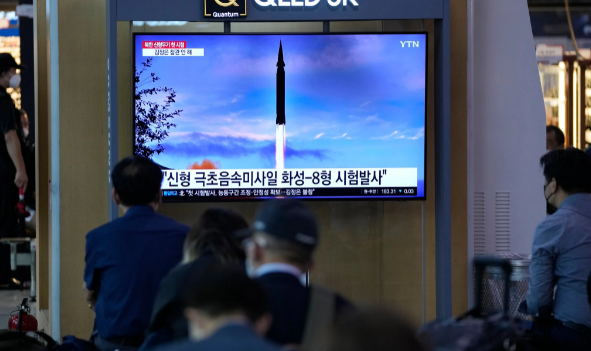
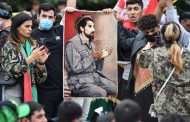
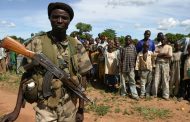
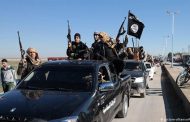
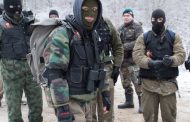
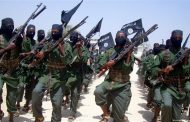
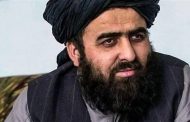
































admin in: How the Muslim Brotherhood betrayed Saudi Arabia?
Great article with insight ...
https://www.viagrapascherfr.com/achat-sildenafil-pfizer-tarif/ in: Cross-region cooperation between anti-terrorism agencies needed
Hello there, just became aware of your blog through Google, and found ...